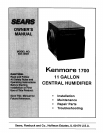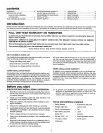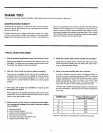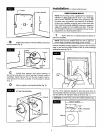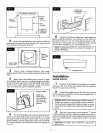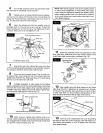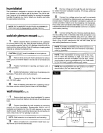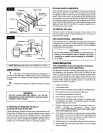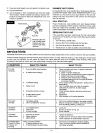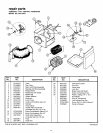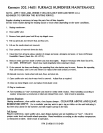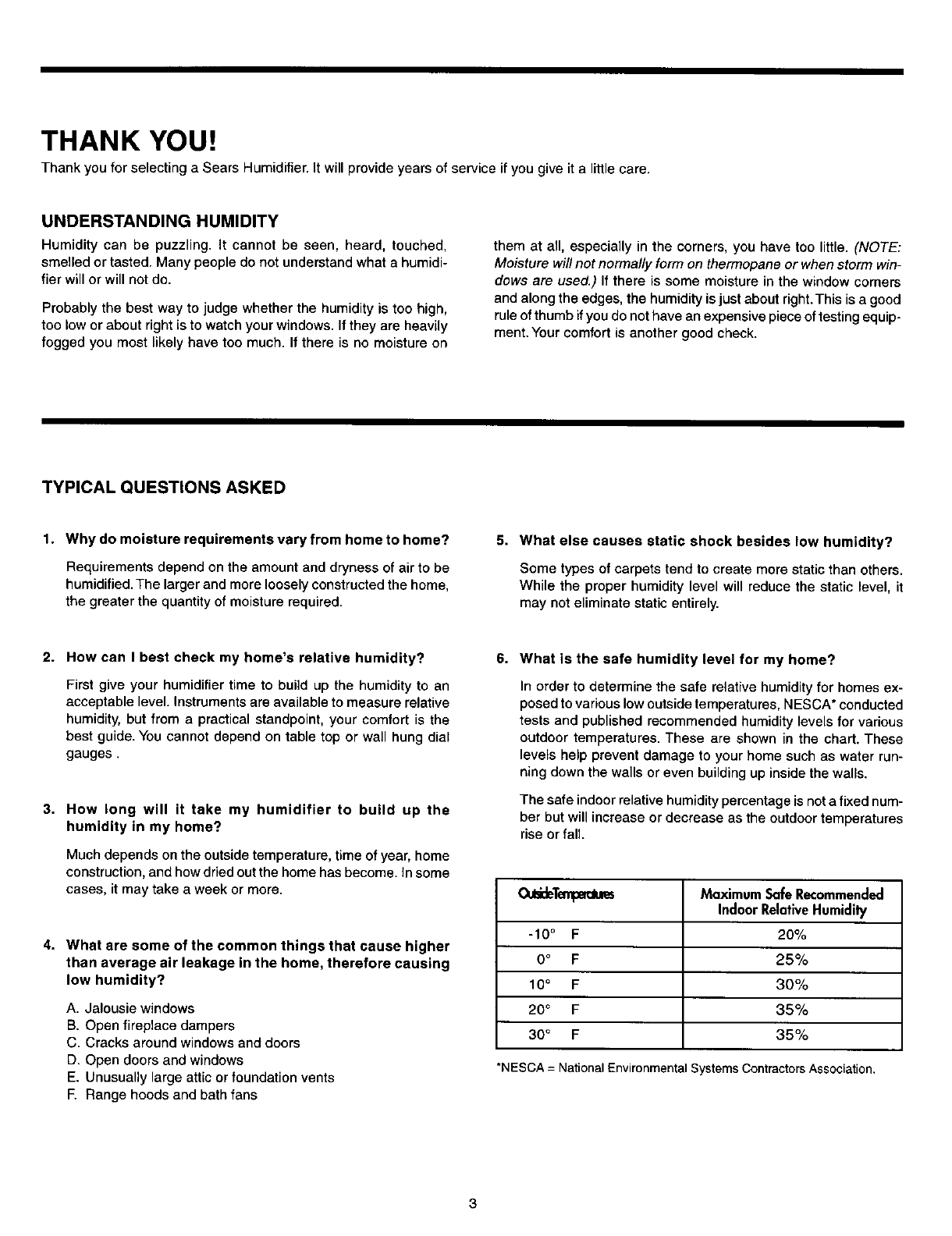
THANK YOU?
Thank you for selecting a Sears Humidifier. It will provide years of service if you give it a little care,
UNDERSTANDING HUMIDITY
Humidity can be puzzling, it cannot be seen, heard, touched,
smelled or tasted. Many people do not understand what a humidi-
fier will or will not do.
Probably the best way to judge whether the humidity is too high,
too low or about right is to watch your windows. Ifthey are heavily
fogged you most likely have too much. If there is no moisture on
them at all, especially in the corners, you have too little. (NOTE:
Moisture will not normally form on thermopane or when storm win-
dows are used.) If there is some moisture in the window corners
and along the edges, the humidity is just about right. This is a good
rule of thumb ifyou do not have an expensive piece of testing equip-
ment. Your comfort is another good check.
TYPICAL QUESTIONS ASKED
1. Why do moisture requirements vary from home to home?
Requirements depend on the amount and dryness of air to be
humidified. The larger and more loosely constructed the home,
the greater the quantity of moisture required.
5. What else causes static shock besides low humidity?
Some types of carpets tend to create more static than others.
While the proper humidity level will reduce the static level, it
may not eliminate static entirely.
2. How can I best check my home's relative humidity?
First give your humidifier time to build up the humidity to an
acceptable level. Instruments are available to measure relative
humidity, but from a practical standpoint, your comfort is the
best guide. You cannot depend on table top or wall hung dial
gauges.
3. How long will it take my humidifier to build up the
humidity in my home?
Much depends on the outside temperature, time of year, home
construction, and how dried out the home has become. In some
cases, it may take a week or more.
4. What ere some of the common things that cause higher
than average air leakage in the home, therefore causing
low humidity?
A. Jalousie windows
B. Open fireplace dampers
C. Cracks around windows and doors
D. Open doors and windows
E. Unusually large attic or foundation vents
F. Range hoods and bath fans
6. What is the safe humidity level for my home?
In order to determine the safe relative humidity for homes ex-
posed to various low outside temperatures, NESCA* conducted
tests and published recommended humidity levels for various
outdoor temperatures. These are shown in the chart. These
levels help prevent damage to your home such as water run-
ning down the walls or even building up inside the walls.
The safe indoor relative humidity percentage is not a fixed num-
ber but will increase or decrease as the outdoor temperatures
rise or fall.
Ou_deT_ Maximum Safe Recommended
Indoor RelativeHumidity
-10 ° F 20%
0o F 25%
10° F 30%
2O° F 35%
30 ° F 35%
*NESCA = National Environmental Systems Contractors Association,



